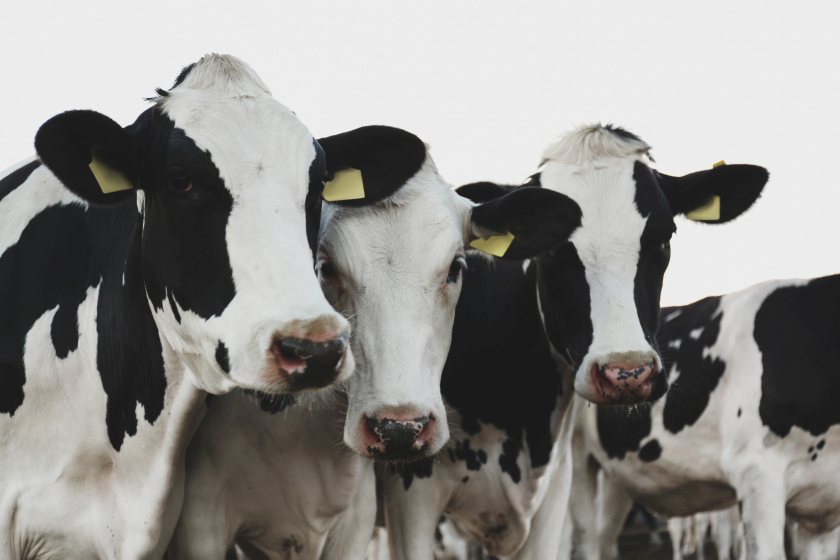
Dairy farmers are clawing back profits after a year of soaring costs, but fragile margins show the recovery is far from secure, according to the latest Milk Cost of Production Report.
Produced by Old Mill and the Farm Consultancy Group, it shows average comparable farm profits surged to £644 per cow in the year to 31 March 2025. That’s a sharp turnaround from the previous year’s meagre £153 per cow.
The recovery was fuelled by stronger milk prices and softer feed costs. Milk income jumped by £425 per cow — a 15% rise — reaching £3,335.
Non-milk income also surged from £395 to £578 per cow, aided by buoyant beef prices. Together, these pushed herds back into profit after the squeeze of 2023/24.
Improved silage in 2024 helped boost yields to 7,435 litres per cow, up from 7,256, while herd sizes grew on average from 295 to 322 head. Feed costs edged down by £19 per cow, though labour and machinery costs continued to climb.
“Overall, the rise in milk income of around 4.9p per litre was not completely offset by costs, which have slowed the rate of increase,” explained Bradley Causey of Old Mill.
He added that milk prices had picked up midway through 2024/25, while feed prices had been easing since spring 2023. “These two key trends have therefore both moved in a positive general direction for dairy farmers,” he said.
The gap between the best and worst performers remains stark. The top 10% of farms achieved profits of £1,098 per cow, while the bottom 10% made a loss of £497 per cow.
Curiously, higher profits did not always come from higher yields. The most efficient herds actually produced slightly less milk than the least efficient but controlled their inputs with far greater discipline. On average, the top group spent £218 less on feed per cow and more than £1,000 less on labour, power and machinery.
“All those businesses that successfully controlled power, machinery and labour costs made the most of increasing milk prices in 2024/25,” said Allaster Dallas of the Farm Consultancy Group. He pointed out that the most profitable farms were also larger, averaging 540 cows compared with 198 in the bottom group.
Smaller herds, he warned, are struggling to absorb the rising burden of fixed costs. “Economies of scale allow larger farms to spread the cost of labour and machinery more effectively, leaving them in a stronger position when milk prices fluctuate.”
Looking ahead, milk income is forecast to rise again to £3,465 per cow in 2025/26, but costs are also expected to climb, narrowing forecast profits to £514 per cow. This would remain above the lows of 2023/24 but below the recent peak.
Farms that strengthened their cash flow during the profitable 2022 season have weathered volatility better, the report notes. With profitability restored, advisers are urging farmers to use the breathing space wisely — whether by paying down debt, investing in resilience, or planning succession.
Yet uncertainty still looms. Labour shortages, machinery price inflation, milk contract risks, and global market shocks all threaten stability. Disease outbreaks remain another unpredictable factor.
Mr Causey concluded with a note of guarded optimism: “Although there may be cautious optimism for the future, nobody can predict what will occur with certainty. But overall, the figures shown in the report suggest a positive outlook for the industry.”
